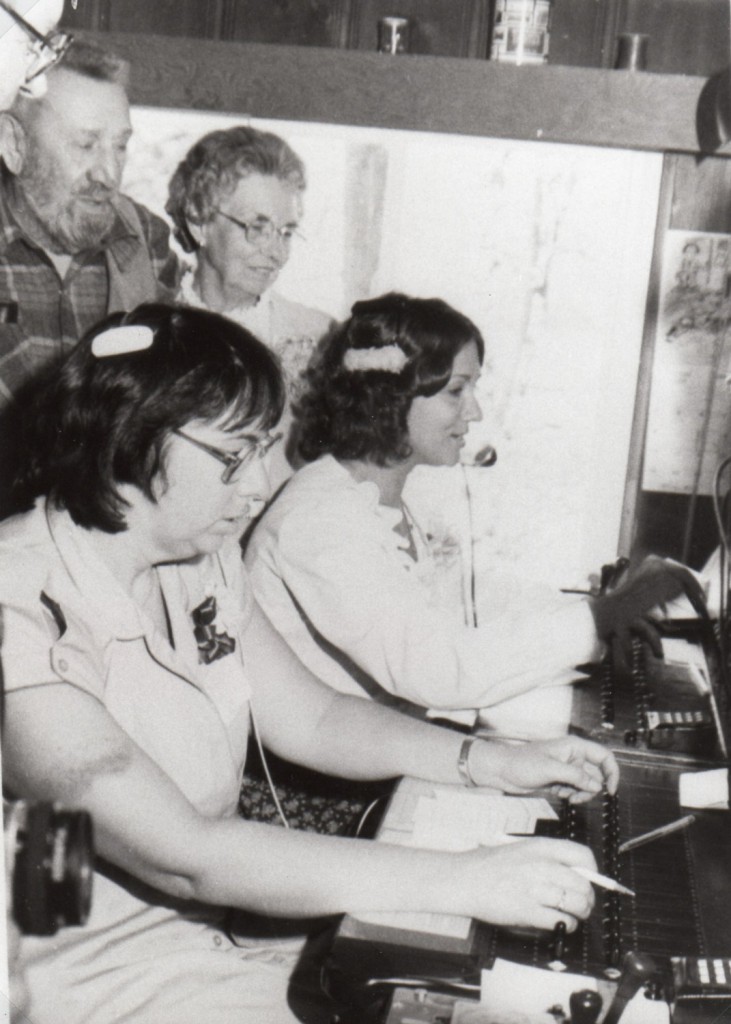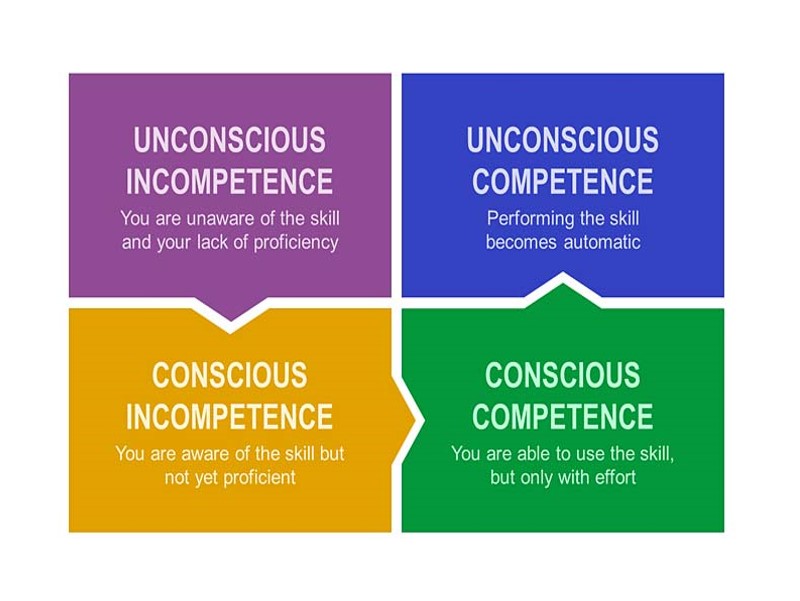 Are you assuming some of the responsibilities and tasks of the people reporting to you? This is a common situation and also a big obstacle to organizational growth and success. It also saps people’s motivational energy as they are not able to fully assume responsibility for the job they were hired to do.
Are you assuming some of the responsibilities and tasks of the people reporting to you? This is a common situation and also a big obstacle to organizational growth and success. It also saps people’s motivational energy as they are not able to fully assume responsibility for the job they were hired to do.
Who’s guiding the way?
Imagine the captain of a ship doing the job of his crew? A  captain of a small ship might wear a few hats, but if there is someone hired to man a post he does not do their job. It could mean disaster as no one person would have the overall view of the safe functioning and navigation of the ship.
captain of a small ship might wear a few hats, but if there is someone hired to man a post he does not do their job. It could mean disaster as no one person would have the overall view of the safe functioning and navigation of the ship.
But in business this happens all the time especially in small and medium size companies where the leader is not letting go of control and learning to delegate. This is why leadership development is so important, yet many small and medium size business owners think that this kind of investment is mainly for larger companies.
 My first investment in leadership training was a self-paced learning program accompanied by one on one coaching. This was many years ago but it woke me up to my role as a leader and the importance of understanding people and how to deal with them effectively.
My first investment in leadership training was a self-paced learning program accompanied by one on one coaching. This was many years ago but it woke me up to my role as a leader and the importance of understanding people and how to deal with them effectively.
Conscious incompetence
If the boss is doing the job of his managers then who’s doing the bosses job? No one is doing it properly and thus the organization cannot succeed or reach its full potential. A competitor in the same market who is providing the right direction and developing his managers to be leaders will definitely have a competitive edge.
As well, if the boss is doing the job of his managers, the managers are also probably doing part of the job of their employees and the employees may be doing things that are unnecessary.
The first step to delegation is to become conscious of yourself, your strengths and weaknesses as a leader and become skilled at delegating responsibility. I call this conscious incompetence and is actually the second stage in learning after unconscious incompetence. Leaders must become aware of what they are not doing well to adequately grow and scale their organization and provide the direction it needs.
Learning to delegate is also a key component of employee empowerment and participative leadership. In my next article I will explain how to delegate responsibility to employees. But first a leader needs to know what should be delegated and to who.
Track your time
 For the next 3-5 working days keep track of all your activities. Write them down using this blank calendar template you can download and print. From this list identify tasks that should be done by someone else. This is also a great exercise to improve management of your time by identifying time wasters.
For the next 3-5 working days keep track of all your activities. Write them down using this blank calendar template you can download and print. From this list identify tasks that should be done by someone else. This is also a great exercise to improve management of your time by identifying time wasters.
What to delegate?
 From the list classify things that should be done by people who report to you. Why are they not doing it now? If they have the skills and know-how perhaps you need to re-assign the work. If they lack the know-how can they be trained and coached? If not then you have another problem and that might be you have the wrong person in the job. You may need to hire more resources or reshuffle responsibilities.
From the list classify things that should be done by people who report to you. Why are they not doing it now? If they have the skills and know-how perhaps you need to re-assign the work. If they lack the know-how can they be trained and coached? If not then you have another problem and that might be you have the wrong person in the job. You may need to hire more resources or reshuffle responsibilities.
Assign or delegate
There is a difference between assigning a task or responsibility and delegating it. Assigning someone a task does not require them to learn new skills but rather shifting the priority of their tasks. Delegation on the other hand requires new skills or assuming new responsibilities. In this case training and coaching is needed in order to ensure the person can perform as expected. I will cover this in more detail in my next article.
The benefits
Delegation of responsibility affords great benefits for the organization, the leader and the employee. Employees will feel they are being empowered and developed and thus have greater loyalty to the organization. They will feel they are using their talents and contributing to the organization. The leader will have more time to plan, organize, make improvements and grow the business or department. There will be less stress and a greater sense of accomplishment and teamwork. The organization will be able to reach its full potential and become more profitable.




